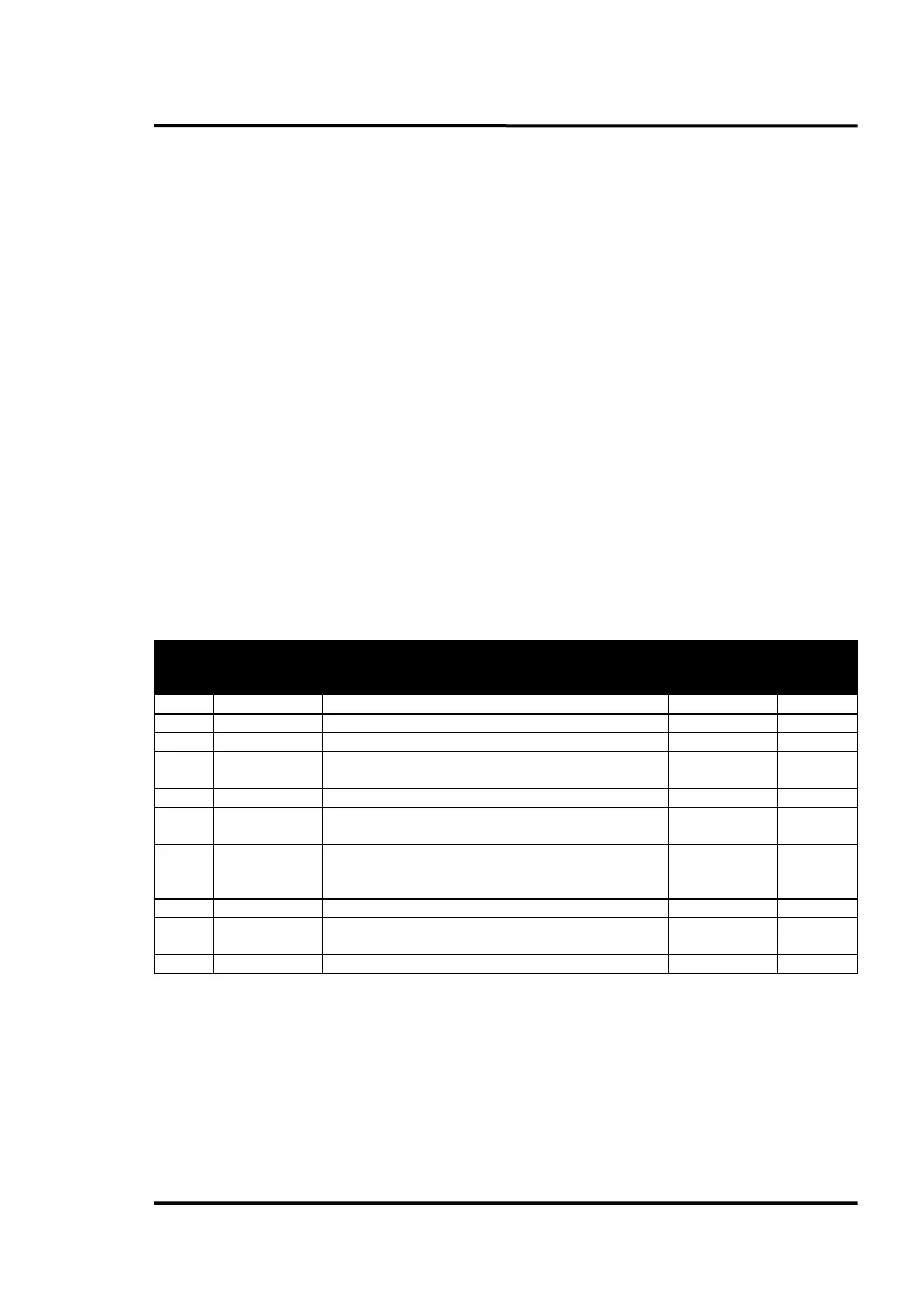Transmission of Scanner Commands
MP150 Protocol Rev. B4 Aug 2019 11
3.4 Error Handling
If the scanner, upon a command or a parameter request, answers ETB instead of ACK/NAK, an error in
the scanner has occurred.
After the acknowledgment signal ETB from the scanner, indicating an error, the scanner only accepts
the error status parameter request: GES which it will respond as described in section 3.3: ES<error
code>.
The meaning of the <error code> is given in table Table 1.
If other commands or parameter requests are transmitted, the scanner will continue to respond with
ETB; with the exceptions:
• GES to get the error,
• CC to switch to the calibration mode. In the Calibration mode this ETB-behaviour is switched
off.
The command itself will still be executed, even if it answers with ETB only.
In case of recoverable errors, the reset of the error message is possible, and continued operation may be
achieved by issuing the command ES.
The following errors are defined and can be asked for using the GES command. Bit positions of multiple
errors are or-ed up in the answer as described below the table.
Table 1
Example 1: active error bits 0, 1, 30 result in the answer 40000003 (1hex + 2hex + 40000000hex)
Example 2: active error bits 0, 1, 3 result in the answer:
Result / answer: 1hex + 2hex + 8hex = Bhex
